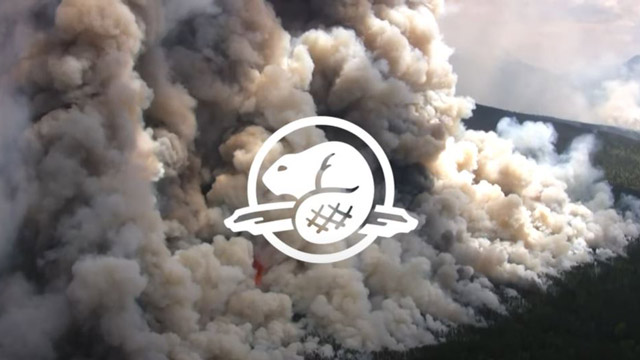The role of fire
Why fire is important, fire ecology, and the effects of fire on wildlife.
Indigenous fire stewardship
Cultural burning and training initiatives.
Fire management history
Impacts of wildfire suppression, and negative impacts on Indigenous Peoples and ecosystem health.
Wildfire management
Fighting wildfires, climate change, and managing wildfires on the landscape for ecosystem health.
Prescribed fire
What are prescribed fires, planning, preparation, and monitoring.
Reducing the risk of wildfires
Keeping communities safe, FireSmart™, and reducing vegetation buildup.
The people of fire management
Types of fire positions, jobs and hiring, diversity and inclusion.
The National Fire Management Program contributes to Parks Canada’s mandate through four principles of fire management.
Definition: the action of reducing the severity, seriousness, or painfulness of something
Current fire status updates, fire ban information, and more. Gulf Islands National Park Reserve Mount Revelstoke National Park Cape Breton Highlands National Park Thousand Islands National ParkFour principles of fire management
1. Mitigation
2. Preparedness
3. Response
4. Restoration
Fire updates and fire management across the country
Alberta
British Columbia
Manitoba
New Brunswick
Newfoundland and Labrador
Nova Scotia
Northwest Territories
Ontario
Quebec
Saskatchewan
Yukon
Fire videos
Learn more about Parks Canada fire management with videos from national parks across the country.
Related links
- Date modified :
